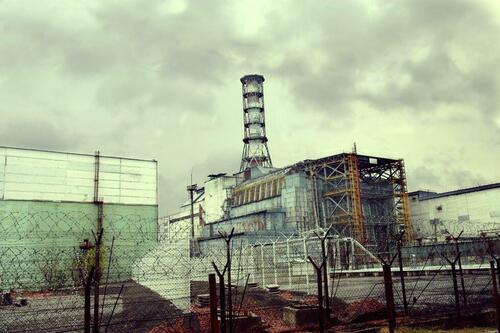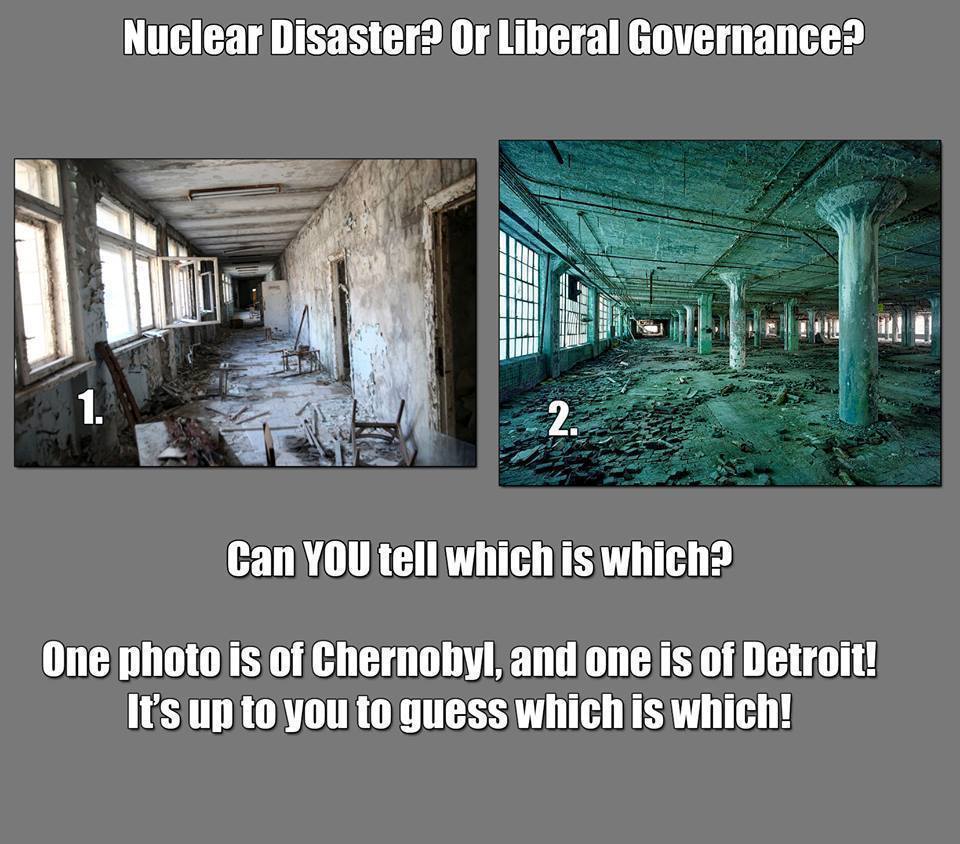

Continue reading “THIS DAY IN HISTORY – Test triggers nuclear disaster at Chernobyl – 1986”
Guest Post by Dmitry Orlov
I guess I’ll have to keep publishing some short notes on the situation in the Ukraine, since it’s all over the news and most of that is fake news. Overnight there was a ridiculous amount of noise about Zaporozhskaya AES, which is the largest nuke plant in Europe.
President Zelensky proclaimed that it is the new Chernobyl and that all of Europe will need to be evacuated. He was obviously drunk at the time.
What actually happened was:
At 11:11 AM Moscow time (about an hour ago) the authorities of Zaporozhye Region announced that Zaporozhskaya AES is under control of the Russian forces.
At 6:20 AM Moscow time the fire at the administrative building at Zaporozhskaya AES was extinguished with no casualties. It was probably set on purpose to create the media picture of “Europe’s largest nuke plant on fire!”
At 5:36 AM Moscow time the International Atomic Energy Agency announced that the fire in the area of Zaporozhskaya AES did not affect any of the main equipment at the plant.
Authored by Dr. Jim Green via Common Dreams,
The invasion of Ukraine by Russia poses several nuclear threats, including the possibility of deliberate or inadvertent military strikes or cyber-strikes on nuclear facilities.
There is also the obvious difficulty of safely operating nuclear reactors in a time of war, including the impossibility of carrying out safeguards inspections. Last but not least, there remains the possibility that the conflict will escalate into nuclear warfare. We are about to learn what happens when nuclear-powered nations go to war, putting nuclear power plants at risk of deliberate or accidental military strikes and thus risking a Chernobyl scale catastrophe.

Retaliation
It seems highly unlikely that either nation—or any sub-national groups—would deliberately target nuclear reactors or spent fuel stores in the current conflict. But assuming there is a ‘gentleman’s agreement’ not to target nuclear power plants, how long would that agreement hold in a war that dragged on for years?
Continue reading “Chernobyl Is Now A War Zone: What Could Go Wrong?”

On April 26, 1986, the world’s worst nuclear power plant accident occurs at the Chernobyl nuclear power station in the Soviet Union. Thirty-two people died and dozens more suffered radiation burns in the opening days of the crisis, but only after Swedish authorities reported the fallout did Soviet authorities reluctantly admit that an accident had occurred.
Continue reading “THIS DAY IN HISTORY – Test triggers nuclear disaster at Chernobyl – 1986”
No one told rookie troops to shoot cows in Chernobyl and the miners there never worked naked, Major General Nikolai Tarakanov, who headed the real ‘liquidators’ in 1986, has told RT’s documentary channel.
Tarakanov praised other aspects of the show, adding that the actor who played him in the HBO hit did a “great job.”
Major General Tarakanov was one of the key participants of the events in Chernobyl in 1986, receiving a high dose of radiation while in charge of the troops working to decontaminate the ill-fated power plant.
Major General Tarakanov instructing his troops during the Chernobyl liquidation effort.
Continue reading “What HBO Got Wrong: Chernobyl General Gives Hit Show A Reality Check”
Guest Post by Hardscrabble Farmer
In the Spring of 1986 the Soviet Union was in a slow motion collapse. No one in the US intelligence agencies predicted it, the military was taken completely by surprise and no apologies were ever made for the thirty year, multi-trillion dollar oversight. It’s political and social institutions were Potemkin villages kept alive by little more than inertia yet on the outside everything appeared normal, and if not healthy, at least it seemed monolithic in it’s outward appearance.
The structural rot that had taken hold after the death of Stalin had become the central pillar of Eastern European civilization and the foundation upon which it was built- the blood of tens of millions of murdered citizens- softened the ground further, leading to it’s eventual implosion five short years later. On the 26th of April a failed experiment at a nuclear power plant in the Ukraine initiated a slow and steady series of system failures, leading to a full blown meltdown that forced the evacuation of tens of thousands of inhabitants from the exclusion zone.
On April 26, 1986, the world’s worst nuclear power plant accident occurs at the Chernobyl nuclear power station in the Soviet Union. Thirty-two people died and dozens more suffered radiation burns in the opening days of the crisis, but only after Swedish authorities reported the fallout did Soviet authorities reluctantly admit that an accident had occurred.
Continue reading “THIS DAY IN HISTORY – Nuclear disaster at Chernobyl – 1986”
Guest Post by Martin Armstrong
Bikini Atoll 70 years after nuclear tests is thriving. On July 24, 1946 Baker Test shrouded its formidable height over the U.S. Navy’s test fleet. The United States dropped 23 nuclear bombs on the island, including a device in 1954 that was 1,100-times larger than the Hiroshima atom bomb. Now a team of scientists from Stanford University have been stunned. They discovered an abundance of marine life apparently thriving in the crater of Bikini Atoll, which was declared a nuclear wasteland after the bombings.
Continue reading “Chernobyl and Bikini Atoll Are Rewriting Science”

Submitted by Claire Bernish via TheAntiMedia.org,
On the 30th anniversary of the world’s worst nuclear catastrophe yet, a new report shows radioactive contamination from the 1986 explosion at Chernobyl in Ukraine still lingers in startlingly large amounts across the border in neighboring Belarus.
In an exclusive report by the Associated Press, fresh milk from a Belarusian dairy farm contained a radioactive isotope, traceable to the Chernobyl disaster, at “levels 10 times higher than the nation’s food safety limits” – thirty years after the accident occurred.
Though the AP turned to a laboratory to test the milk, dairy farmer Nikolai Chubenok called the results “impossible.”
“There is no danger,” Chubenok asserted to AP journalists at his farm, just 28 miles from the site of the 1986 explosion and meltdown. “How can you be afraid of radiation?”
Though Chubenok and the Belarusian government — itself notoriously authoritarian and intent on denying the dangers still present — might insist on the area’s safety, other reports from doctors and scientists paint the landscape in a vastly different light.
Belarusian milk, though indicative, is inadequate in illustrating the astronomical devastation of the Chernobyl legacy.
Continue reading “On the 30th Anniversary Of Chernobyl, Here’s What We Are Still Not Being Told”
Today, the world marks the 28th anniversary of the Chernobyl nuclear catastrophe — the biggest man-made disaster in history.